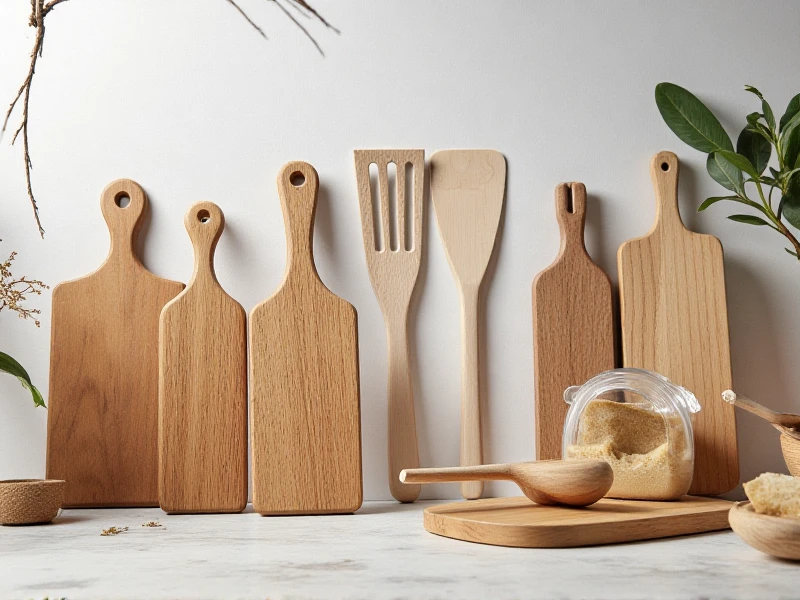The Power of Purpose: Choosing the Right Utensils for Every Task

In the heart of every kitchen and dining experience lies a fundamental element: utensils. These essential tools are the silent partners in food preparation, presentation, and enjoyment. But not all utensils are created equal, and understanding their purpose is key to efficiency, culinary success, and a stress-free dining or cooking session.
Beyond the Basics: Understanding Utensil Functionality
Utensils primarily fall into three main categories:
- Cooking Utensils: These are the workhorses of the kitchen. Think spatulas for flipping, spoons and ladles for stirring and serving liquids, tongs for gripping, whisks for incorporating air, and peelers for prepping produce. Choosing heat-resistant materials (like silicone, stainless steel, or bamboo) and designs suitable for specific pans (non-scratch for non-stick, sturdy metal for cast iron) is crucial. The best spatulas have flexibility without buckling; the ideal whisks combine rigid wires for beating with comfortable handles.
- Serving Utensils: Once the cooking is done, beautifully presenting food comes next. Serving spoons, forks, slotted spoons for draining, salad servers, cake knives, and sauce ladles are essential. Here, aesthetics often join functionality. Look for utensils that balance well, hold ample portions, and complement your tableware. Stainless steel offers durability and shine, while wood adds warmth.
- Eating Utensils: The quintessential cutlery set – forks, knives, spoons, and specialized variants like steak knives, teaspoons, and soup spoons. Material (stainless steel is the standard for durability and hygiene), weight balance, and comfort in the hand significantly influence the dining experience. Ergonomically designed handles can reduce fatigue, especially during lengthy meals.
Material Matters: Durability, Safety, and Care
The material of your utensils impacts everything:
- Stainless Steel: Durable, non-reactive, easy to clean, ideal for knives and heavy-duty cooking spoons.
- Silicone: Heat-resistant, flexible, non-scratch, perfect for non-stick cookware.
- Wood (e.g., Bamboo): Naturally non-stick (great for batters), gentle on pans, requires hand washing and occasional oiling to prevent cracking.
- Nylon/Plastic: Budget-friendly, non-scratch, good for lighter tasks; ensure food-safe, BPA-free versions. Avoid high heat.
- Copper/Brass: Traditionally used for specific tasks (e.g., beating egg whites) but requires considerable upkeep to prevent tarnishing.
Choose materials based on intended use, cleaning preferences, and safety considerations. Always opt for food-grade, non-toxic materials.
Investing Wisely: Quality Over Quantity
While tempting to buy large, inexpensive sets, investing in high-quality core utensils often pays off. Well-made utensils last longer, perform better (good grip, balanced weight, effective design), and enhance the ergonomics of cooking and eating. Focus on acquiring versatile pieces that serve multiple purposes.
The Unseen Harmony
Ultimately, the right utensils transform the act of preparing and enjoying food. Sharp knives make chopping safer and faster; ergonomic handles reduce fatigue; correctly sized spoons ensure perfect portions. They streamline workflow, improve presentation, and elevate the entire sensory journey from stove to table. Selecting suitable, durable utensils tailored to specific tasks isn't just practical; it's an investment in creating enjoyable culinary experiences every day. Explore the variety available and find the tools that truly work for you.